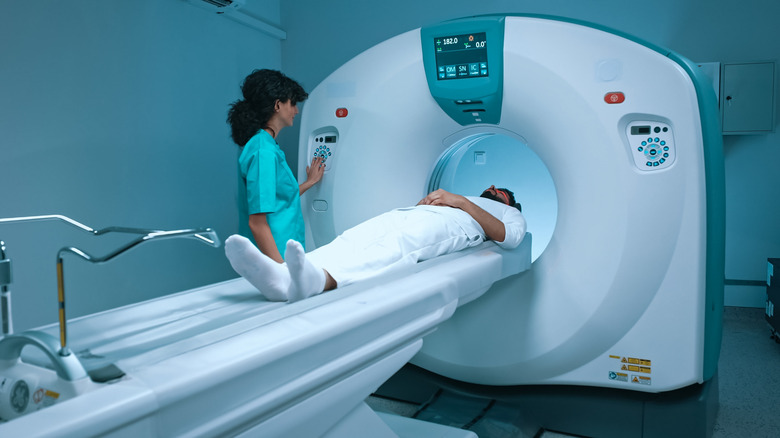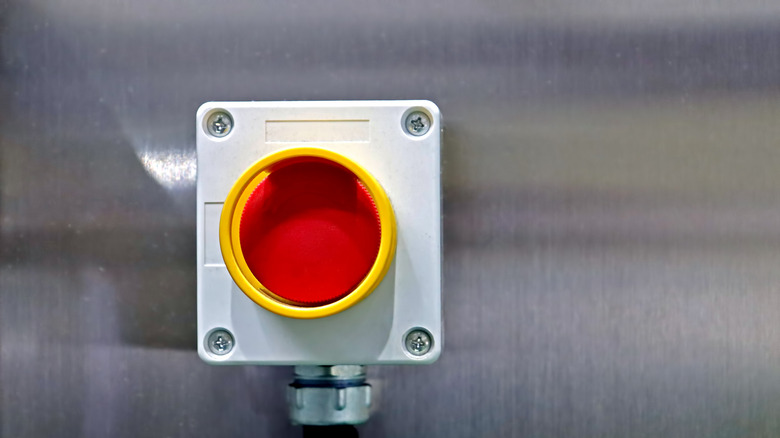Why Stopping An MRI Machine One Time Can Cost Over $50,000
The development of magnetic resonance imaging (MRI) machines has been one of the greatest success stories in medical diagnostics of the last century. However, as with other forms of cutting-edge technology, the cost is huge when things go wrong. How huge? Around $30,000, to be exact.
The evolution of the MRI machine began way back in the 1930s, when the first rudimentary magnetic resonance images were developed to help doctors diagnose patient diseases such as cancer. The new technology attracted some of the greatest scientific minds of the era to develop yet more sophisticated uses for MRI. One of the biggest developments came in 1969, when Dr. Raymond Damadian used the technology on rats to prove that such imaging could allow medical professionals to differentiate between cancer cells and healthy cells in the human body. This discovery laid the groundwork for the MRI scanners that are widely used in diagnostics today.
The magnets inside a modern MRI machine create a powerful magnetic field that affects the protons of the water in the human body. The device uses radio waves to knock the protons out of alignment and picks up their signals as they realign. To keep the magnets cool, MRI machines employ the element helium in its liquid form as a coolant. And in case of an emergency, machines carry an "emergency magnet rundown unit," or "emergency quench button," which instantly stops the machine. Were someone to hit the button in question, it could mean financial disaster for the company operating the MRI machine.
Hitting the big red button on an MRI machine
So what does the emergency button on an MRI machine actually do? It's not like the red button on a modern treadmill, which cuts off the machine's action in an emergency without damaging the device. In fact, hitting the red button on an MRI machine can render it unusable for days and require specialist technicians to get it working again.
The enormous electromagnets used in a typical MRI machine operate at 30,000 times the strength of the Earth's magnetic field. They rely on the presence of liquid helium, which creates zero resistance in the magnets' superconducting coils. In the case of an emergency quench, the current is cut, and resistance is suddenly increased, meaning the helium turns to gas and vents from the machine. As such, the emergency quench button is only ever used in dire situations, such as a fire or a patient being trapped in the machine by a piece of metal. The strength of the magnets used in MRI can make the presence of metal, which then becomes a dangerous projectile, lethal.
The world's helium shortage
An MRI machine can employ up to 2,000 liters of liquid helium to ensure its electromagnets continue to operate with zero resistance. This is significant in cases of an emergency quench simply because the chemical element is so expensive, typically selling for between $30 and $50 per liter (though prices often fluctuate). So the cost of replacing the helium lost during an emergency quench can be sizable, even without factoring in the cost of technicians to get the machine back online as well as the price of lost business. Indeed, MRI machines can remain offline for many days after an emergency quench while the helium is replaced and the equipment is recalibrated.
But more worryingly for the future of MRI technology, the Earth has a limited supply of helium — and it's running out. With the Earth having a relatively weak gravitational field, almost all helium that is released into the atmosphere escapes into space, never to return. There have been four notable shortages of the element in the last two decades as companies struggle to find new pockets of the resource in the Earth's crust. Experts now warn society at large to stop squandering helium on unnecessary things, such as balloons or inhaling it to change the pitch of one's voice. They hope to extend the possibility of MRI machines, which, without a reliable helium supply, could become unusable in a few decades as resources finally run dry.


